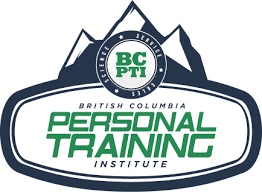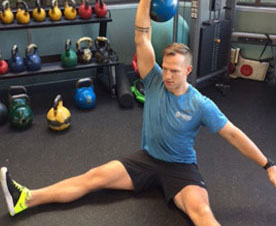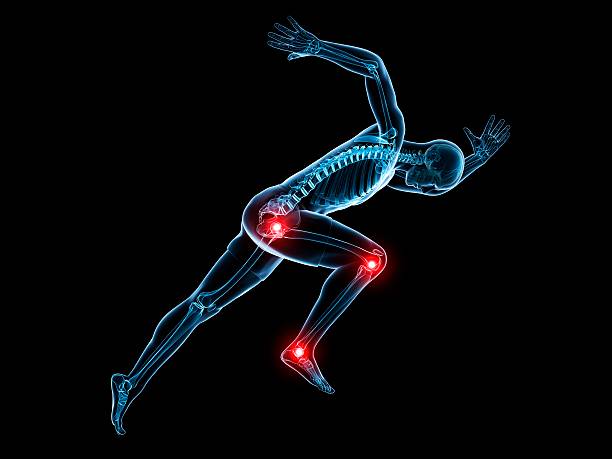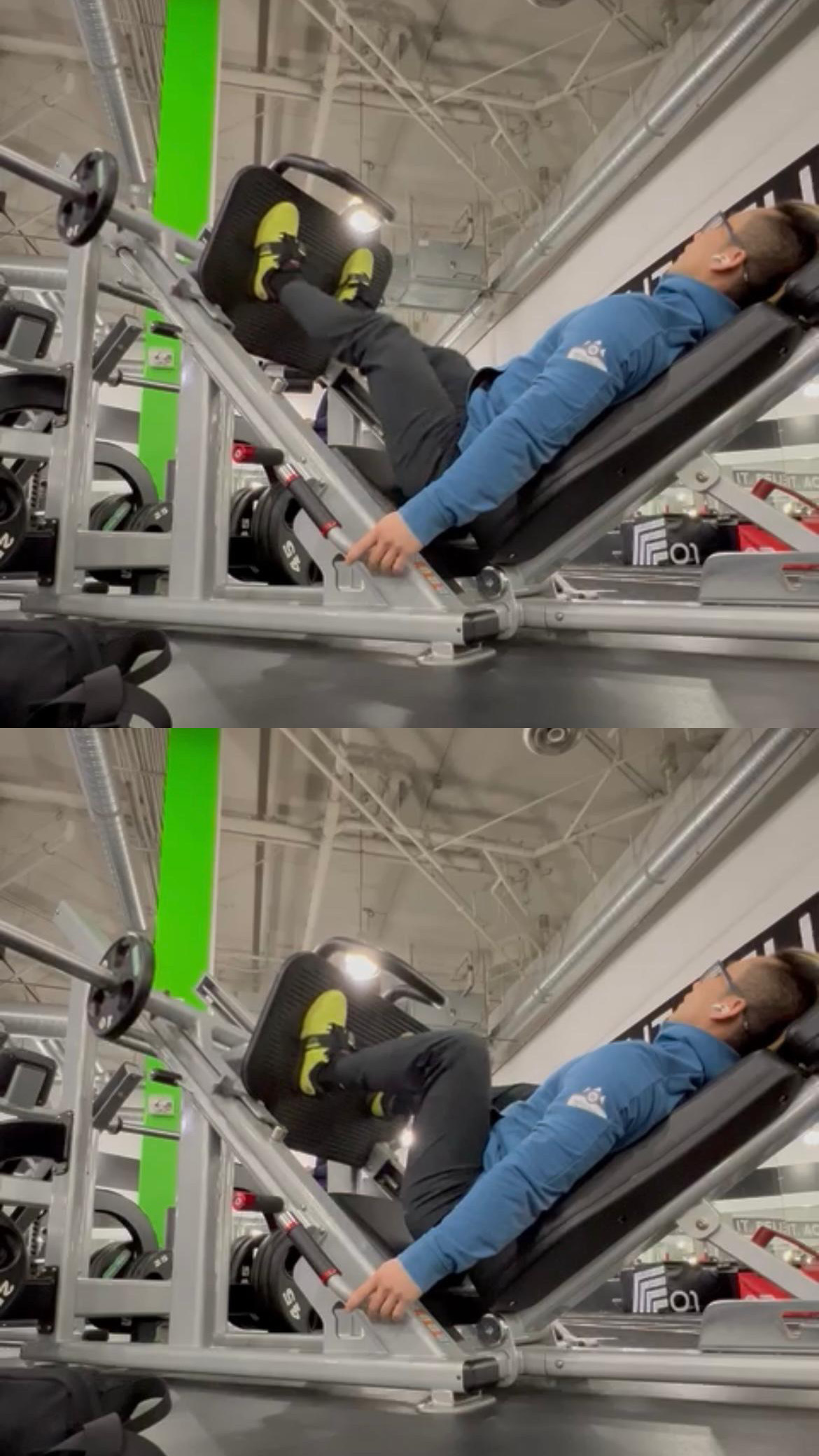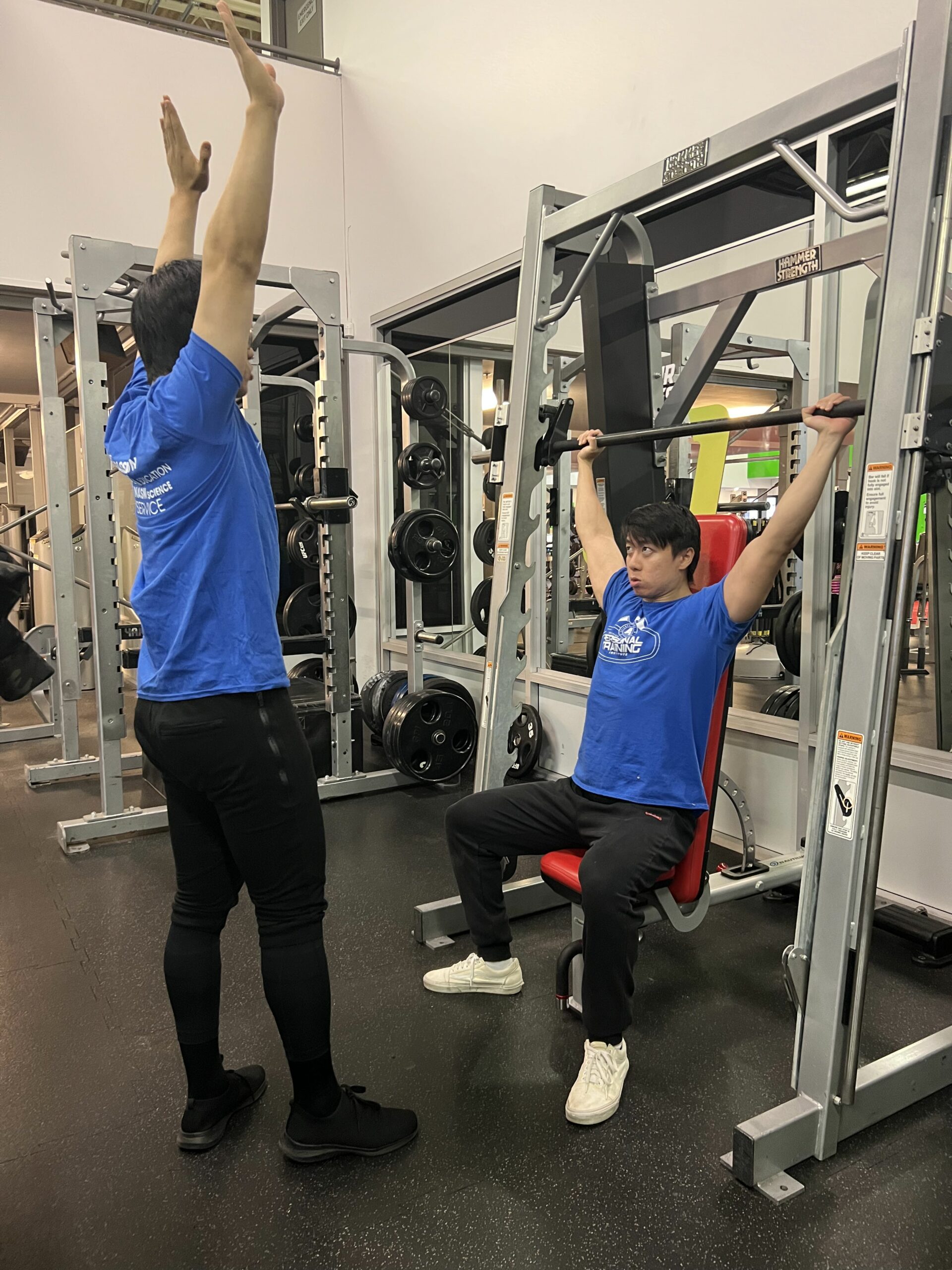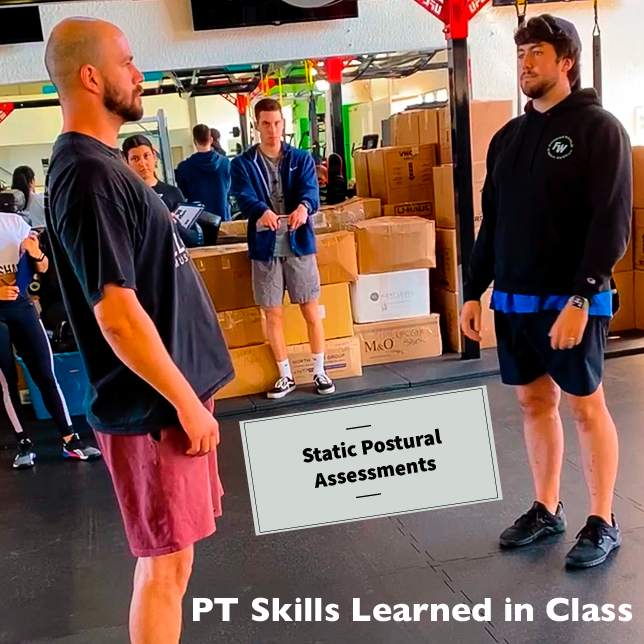I had just retired from playing professional hockey after 8 years and had no real clue what I wanted to do with my career. How had I become a professional hockey player? I worked harder than anyone and I did whatever was necessary to win. By doing whatever was necessary, I became the fittest athlete I could possibly be. I loved working out and I loved working out because it was something I could control.
On the ice there is chaos and behind the scenes there is drama and egos. In the gym, I was the master of my own domain. After 8 years of professional hockey and 5 years of top level Junior hockey my body was beat up and had enough. It was beat up from banging people around on the ice and beat up by the long hours I had put into the gym for all those years. After 13 years and 3 surgeries’ in the last 3 seasons of my career, I was done. It was time for a new chapter; to build a new life, and a new body.
Is it strange to say that after 4 years of being retired, that I now feel better equipped to meet the demands of physical fitness than when I was in the midst of a professional sports career? This is my reality. What I have learned over the past 4 years is how to train properly. Not to just grow my bicep or to push more weight while I do bench press. At 16 I was bench pressing 305lbs and over the next 11 years I would have multiple shoulder injuries eventually leading to shoulder surgery. Now I can perform the Kettlebell snatch with 20kg bells 75 times with each arm within 5 minutes. How can this be possible after what I have put my body through? It’s simple. Knowledge is the key to success. Additionally, meeting the right people who have spent the time doing research and testing athletes to see how to increase athletic performance has further supported the development of my knowledge base.
When you continually beat up your body by playing sports you are filled with scar tissue within the fascia of your muscles. Scar tissue is also known as something we call adhesions. Scar tissue and adhesions bind up and tie down tissues preventing them from moving freely. This causes those muscles to become shorter and weaker leading to reduced range of motion, loss of strength, and pain. Reduced range of motion and loss of strength eventually lead to the cumulative injury cycle due to muscle imbalance. How do we fix and prevent this from happening?

The answer for me was foam rolling and learning how to do it correctly and effectively. I can still remember the first time I got on a foam roller and how amazed I was. I needed to learn more. After taking the TriggerPoint Advanced Self-Myofascial Release Techniques course I really started opening up my body and fixing the imbalances within my body by breaking up this scar tissue.
Before learning to foam roll, when I tried to do any snatch exercise, my shoulder didn’t feel like it could get into position, it felt like it was locking up. I found that rolling out my lats properly really opened up my range of motion and allowed my back muscles to do what they are supposed to do and support my shoulder when doing over-head exercises.

One of the best exercises I found to reinforce this movement is a seated kettlebell press. To do this exercise I would sit down on the ground, feet straight out forming a 90 degree angle in front of me, hold the kettlebell in one hand locked in front of my body and I would press straight up keeping my back flat. Now that I could finally press overhead with no movement compensation due to having tight and locked up lats, I could really develop great strength in my shoulder, especially the anterior deltoid (doing this exercise in a bottoms up kettlebell position will only increase the stability needed).
While increasing strength in the shoulder, you also want to first lay down a great foundation by building up the shoulder stabilizers (rotator cuff).
A great kettlebell movement to do this is an adapted yoga move, the Windmill. And I say “move” instead of “exercise” because the idea of functional strength is to be able to move great amounts of weight under control. To perform this move, stand with feet just slightly wider than hip width. Stand with one foot pointing straight out to the side and the other foot at about a 45 degree angle facing the same way as your front foot. Shift your weight into your back leg, the one with the 45 degree angle. If your back leg is your left leg, then raise your left arm straight up into the air. Place your right hand on the inside of your right leg. Hinge at the hips towards your front foot, keeping your left arm always pointing directly at the celling. Try to keep a straight line from your left hand to your right hand. When you cannot go any lower, pull through your glutes and back till you are upright. The hand that is straight in the air is the hand you want to hold the kettlebell (to increase the difficulty try and hold a kettlebell in each arm when performing this move).

When you talk about movement translatable to sport you need to look at the building blocks of what sport is. You travel up and down a field, court, rink and score on a goal, net, basket, or end-zone. That is what people see, but in reality you do more than just move north and south, you need to move east to west as well. Your opposition is always going to be in your way to defend against your offence. To get around your opponent this KB move is one that I was shown that can help your lateral movement while loaded. This move will help with you load and explode in a plyometric fashion.
Try these moves out. Let us know what you think and if they helped transfer loaded movement into your game.
Kyle Bruce
BCPTI Educator
NASM CPT, FNS, CES
TriggerPoint Master Trainer
Agatsu Kettlebell Instructor
